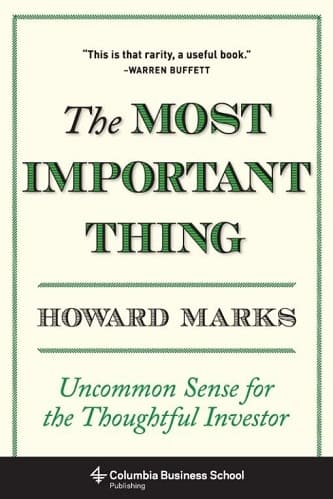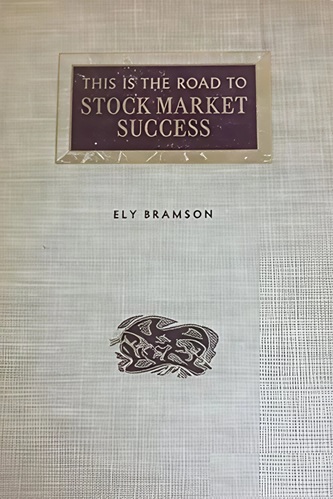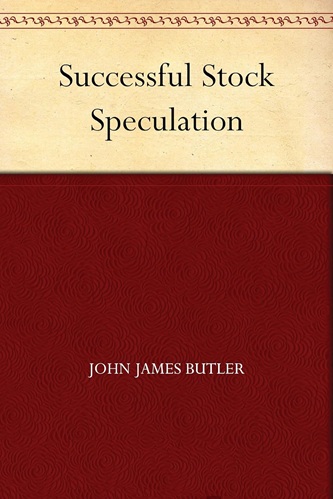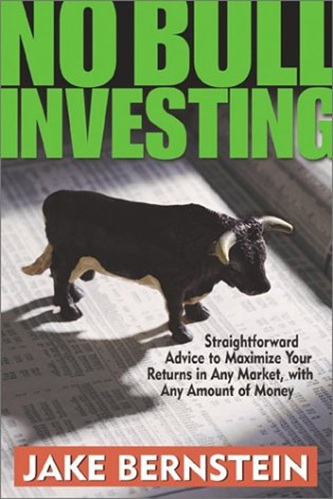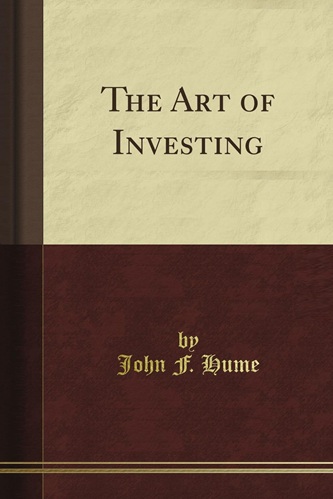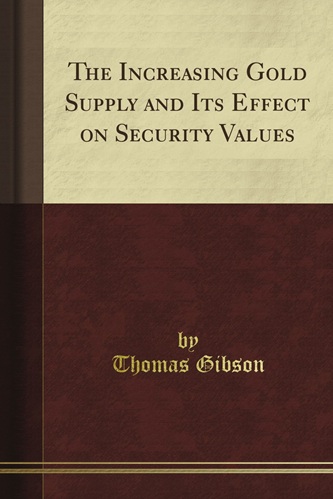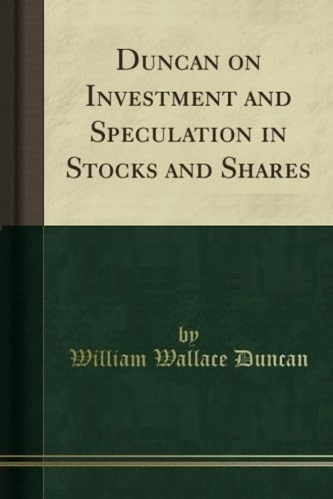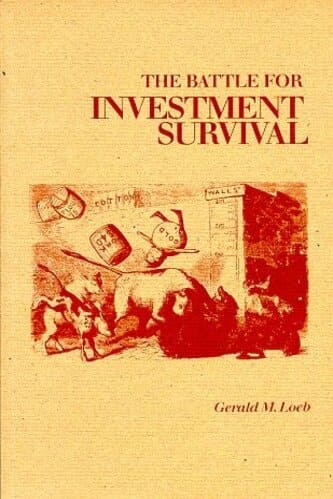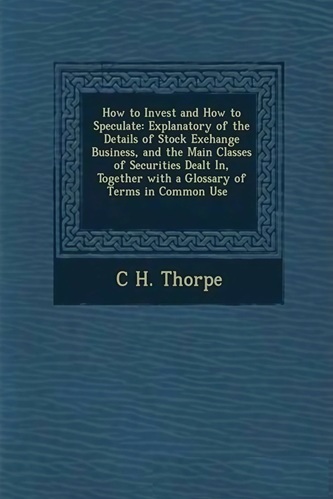The Most Important Thing: Uncommon Sense for The Thoughtful Investor
$10.87
| Author(s) | |
|---|---|
| Format |
|
| Pages |
147 |
| Publication Year |
2011 |
The Most Important Thing explains the keys to successful investment and the pitfalls that can destroy capital or ruin a career. Using passages from his memos to illustrate his ideas, Marks teaches by example, detailing the development of an investment philosophy that fully acknowledges the complexities of investing and the perils of the financial world. Brilliantly applying insight to today’s volatile markets, Marks offers a volume that is part memoir, part creed, with a number of broad takeaways. Marks expounds on such concepts as “second-level thinking”, the price/value relationship, patient opportunism, and defensive investing.
Introduction:
For the last twenty years I’ve been writing occasional memos to my clients—first at Trust Company of the West and then at Oaktree Capital Management, the company I cofounded in 1995. I use the memos to set forth my investment philosophy, explain the workings of finance and provide my take on recent events. Those memos form the core of this book, and you will find passages from many of them in the pages that follow, for I believe their lessons apply as well today as they did when they were written. For inclusion here I’ve made some minor changes, primarily to make their message clearer.
What, exactly, is “the most important thing”? In July 2003, I wrote a memo with that title that pulled together the elements I felt were essential for investment success. Here’s how it began: “As I meet with clients and prospects, I repeatedly hear myself say, ‘The most important thing is X.’ And then ten minutes later it’s, ‘The most important thing is Y.’ And then Z, and so on.” All told, the memo ended up discussing eighteen “most important things.”
Since that original memo, I’ve made a few adjustments in the things I consider “the most important,” but the fundamental notion is unchanged: they’re all important. Successful investing requires thoughtful attention to many separate aspects, all at the same time. Omit any one and the result is likely to be less than satisfactory. That is why I have built this book around the idea of the most important things—each is a brick in what I hope will be a solid wall, and none is dispensable.
I didn’t set out to write a manual for investing. Rather, this book is a statement of my investment philosophy. I consider it my creed, and in the course of my investing career it has served like a religion. These are the things I believe in, the guideposts that keep me on track. The messages I deliver are the ones I consider the most lasting. I’m confident their relevance will extend beyond today.
You won’t find a how-to book here. There’s no surefire recipe for investment success. No step-by-step instructions. No valuation formulas containing mathematical constants or fixed ratios—in fact, very few numbers. Just a way to think that might help you make good decisions and, perhaps more important, avoid the pitfalls that ensnare so many. It’s not my goal to simplify the act of investing. In fact, the thing I most want to make clear is just how complex it is. Those who try to simplify investing do their audience a great disservice. I’m going to stick to general thoughts on return, risk and process; any time I discuss specific asset classes and tactics, I do so only to illustrate my points.
A word about the organization of the book. I mentioned above that successful investing involves thoughtful attention to many areas simultaneously. If it were somehow possible to do so, I would discuss all of them at once. But unfortunately the limitations of language force me to take one topic at a time. Thus I begin with a discussion of the market environment in which investing takes place, to establish the playing field. Then I go on to discuss investors themselves, the elements that affect their investment success or lack of it, and the things they should do to improve their chances. The final chapters are an attempt to pull together both groups of ideas into a summation. Because my philosophy is “of a piece,” however, some ideas are relevant to more than one chapter; please bear with me if you sense repetition.
I hope you’ll find this book’s contents novel, thought provoking and perhaps even controversial. If anyone tells me, “I so enjoyed your book; it bore out everything I’ve ever read,” I’ll feel I failed. It’s my goal to share ideas and ways of thinking about investment matters that you haven’t come across before. Heaven for me would be seven little words: “I never thought of it that way.” In particular, you’ll find I spend more time discussing risk and how to limit it than how to achieve investment returns. To me, risk is the most interesting, challenging and essential aspect of investing.
Contents:
- The Most Important Thing Is . . . Second-Level Thinking
- The Most Important Thing Is . . . Understanding Market Efficiency …
- The Most Important Thing Is . . . Value
- The Most Important Thing Is . . . The Relationship Between Price …
- The Most Important Thing Is . . . Understanding Risk
- The Most Important Thing Is . . . Recognizing Risk
- The Most Important Thing Is . . . Controlling Risk
- The Most Important Thing Is . . . Being Attentive to Cycles
- The Most Important Thing Is . . . Awareness of the Pendulum
- The Most Important Thing Is . . . Combating Negative Influences
- The Most Important Thing Is . . . Contrarianism
- The Most Important Thing Is . . . Finding Bargains
- The Most Important Thing Is . . . Patient Opportunism
- The Most Important Thing Is . . . Knowing What You Don’t Know
- The Most Important Thing Is . . . Having a Sense for Where We Stand
- The Most Important Thing Is . . . Appreciating the Role of Luck
- The Most Important Thing Is . . . Investing Defensively
- The Most Important Thing Is . . . Avoiding Pitfalls
- The Most Important Thing Is . . . Adding Value
- The Most Important Thing Is . . . Pulling It All Together
The Most Important Thing: Uncommon Sense for The Thoughtful Investor By Howard Marks pdf

